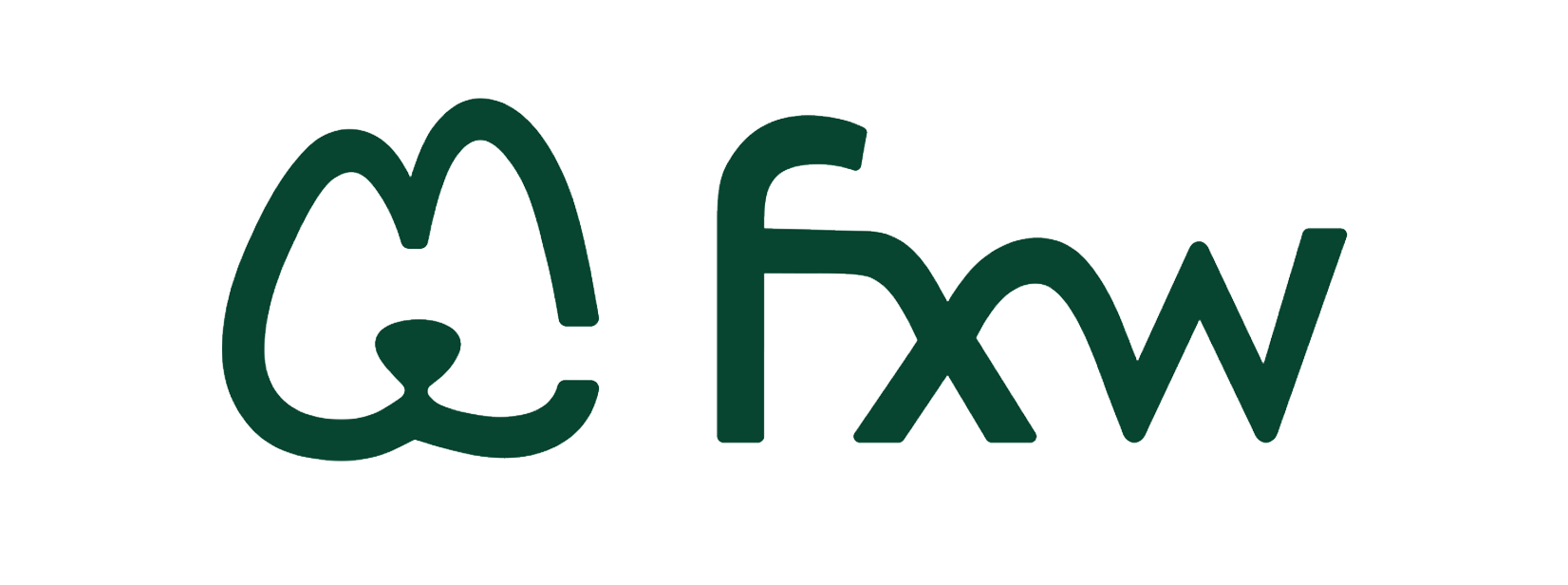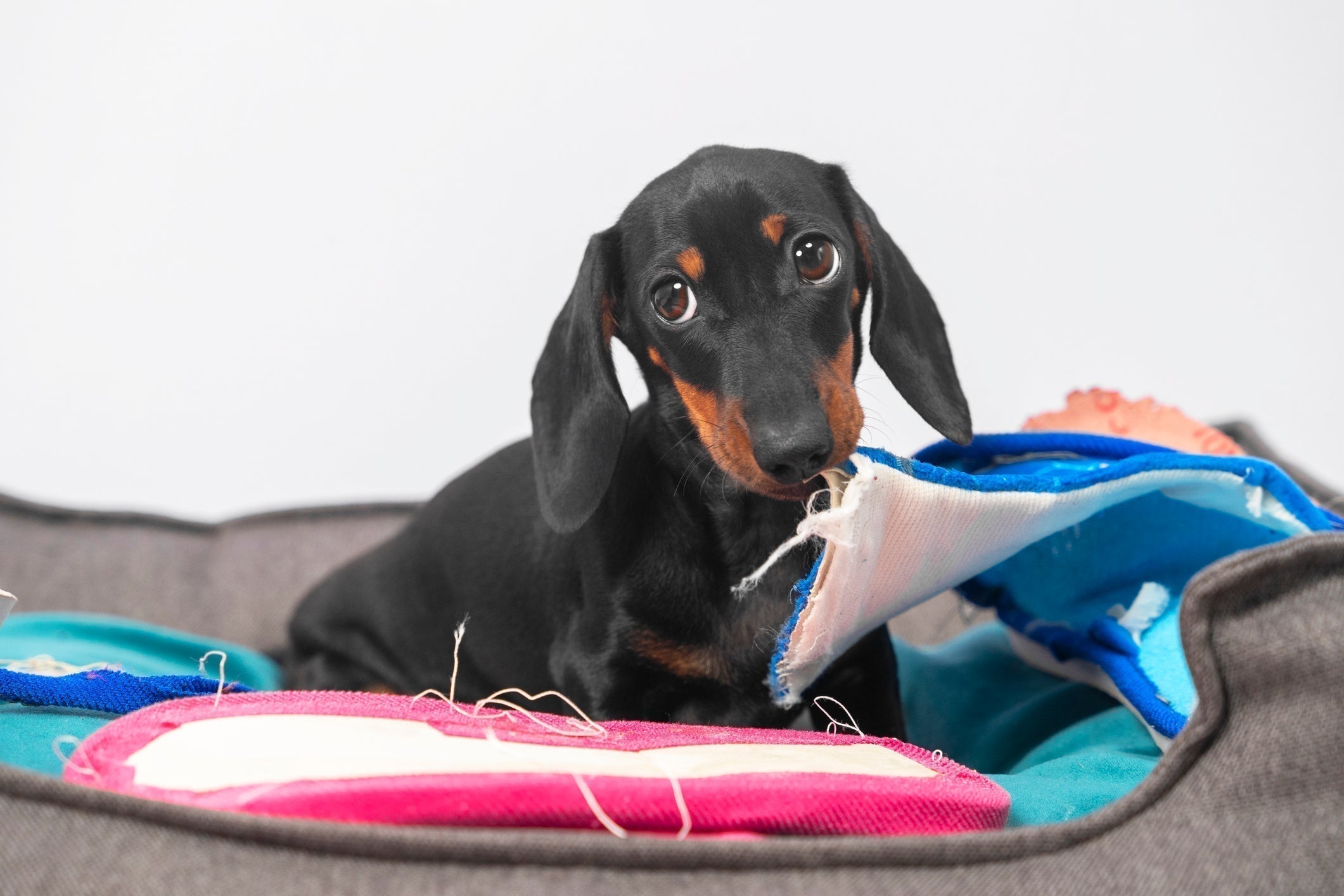For dog owners who want their pet’s bed to be gnaw-proof, chew-resistant slabs are a good choice. They are made of tough materials such as Kevlar and ballistic nylon, strong stitching and zippers to prevent breakage. This ensures that pets can have a safe and lasting place for resting, thereby minimizing the need for regular buying as well as preventing ingestion of poisonous substances. By doing this, they not only enhance pet health through consistent comfort but also result in economic gains by lowering maintenance costs and encouraging hygiene in the living space thus making them an economically sound investment for any pet owner.
Understanding Chew-Proof Claims
The beds which defy chewing are constructed with materials that resist damage from the persistent chewing habit of pets more than ordinary bedding materials would. This is a term used to describe any type of bed whose material or design is less likely to be destroyed although it may still be damaged under extreme circumstances . Manufacturers subject these beds to simulated chewing tests involving mechanical stresses and sometimes even allow actual pets use them in order to evaluate their actual strength. These experiments focus on tensile strength of a fabric, its ability not to tear at its seams’ junctions or fail at closures so as to ascertain if such beds are durable enough like they claim.
Materials Used in Chew-Proof Beds
Chew-proof beds normally apply such materials as Kevlar because of its exceptional strength and tear resistance, even though this may prove expensive and less comfortable. Ballistic nylon could be a cheaper alternative but might be inelastic. These materials are constantly being improved through fabric technologies that continue to enhance their longevity, comfort features, and suitability.
Design Features
Ripstop seams withstood chewing forces, hence there was no unraveling or ripping apart. Such considerations are vital for making sure that a bed can last long when pets use it daily. Heavy duty zippers and closures should be chosen to discourage tampering or chew attacks on the stuffing thereby extending the life span of the product. By placing raised edges or sewing stitches at specific points where pets may attack them, it is possible to make destructive behavior less likely.

Durability and Longevity
Normal beds easily get worn out, unlike chew proof ones which are made of strong material and are resistant to wear and tear. They offer better value over time since they can be used for longer periods without getting damaged as compared to other types of pet bedding. In order for a chew-proof bed to last long enough, its durability depends on the quality of material used in its manufacture, type of construction technique employed, as well as how much your pet love chewing things up? When it comes to longevity, high quality materials and strong stitching are the main drivers. Testing beds in real-life situations means that we look at how good they really are around pets. Durability is also a subject of user reviews which identify what works best and what does not.
Comfort and Safety
It is vital to strike a balance between durability and comfort. Nonetheless, pets’ needs cannot be overlooked because beddings should neither be too hard nor too soft. Chew-proof materials that are safe must be made from non-toxic chemicals thus avoiding any harmful substances being present. Pet safety is key when using certain materials and substances such as certified ones free from toxins that might cause health problems. A consumer review on the contrary looks at the amount of cushioning, temperature control and general satisfaction among pets. This information assists pet’s owners picking out beds that will last longer while providing comfort to their four-legged friends.
Price Comparison
Ordinarily chew-resistant beds cost more than normal pet bedding equipment since these items require special raw materials as well as manufacturing method to endure chewing by animals. The start-up expense for purchasing indestructible furniture can sometimes seem quite high but in reality may save one’s money in the long run if comparisons with replacement costs are drawn. The price of chew-proof beds is dependent on factors like quality materials, reputation of the brand and extra features such as waterproofing or orthopedic support. A more expensive tag generally stems from better qualiy materials and the presence of advanced features. Chew-proof beds are a great investment for pet owners who have to deal with dogs that chew things persistently because they last long and are durable. In many cases, despite the initial expense, a lower replacement requirement and having peace of mind about the bed lasting longer is often more considerable.
Training and Behavior Modification
Dogs primarily eat their beds out of instinct, boredom, anxiety, or teething. Evidently, knowing why it happens makes finding a cure easier. Chew toys serve as constructive alternatives to bedding. They are designed to satisfy a dog's natural urge to chew while promoting dental health and mental stimulation.
Environmental and Ethical Considerations
The production of unbreakable dog beds that will have a longer life span and don’t damage the ecosystem involve recyclable polyester, and organic cotton amongst others. In terms of sourcing, materials used to make chew-proof beds should be obtained from ethical sources without labor or animal exploitation. Manufacturers are embracing transparent supply chains and certifications as ways of maintaining ethical standards in their sourcing and production operations. There are environmental consequences for making chew-proof beds such as energy consumption and generation of waste. In this respect, brands have taken measures including reducing carbon footprints, using renewable sources of energy and optimizing waste in efficient manufacturing processes. To achieve sustainability aspirations, pet bedding companies can employ ecological impact evaluations.

Case Studies and Testimonials
Chew-proof beds’ testimonials are often about how well they resist the dogs’ chewing habits. These endorsements exemplify the beds’ durability in real-life contexts, thereby demonstrating their importance in ensuring long-term comfort and safety for animals. Long-term users have experiences of how durable the chew proof ones are in relation to time span. Users talk about how durable the beds are over time; ease of maintenance; and general satisfaction with having invested in strong pet bedding. Expert opinions provide useful information concerning various aspects of chew proof dog bed made by veterinarians, animal behaviorists and people working in the industry themselves. They gauge the effectiveness of indestructible beds in satisfying pets’ needs, advise on selecting the right bed to fit different chewing activities and give recommendations based on their knowledge in pet care and product evaluation. Expert reviews assist pet owners with information about choosing the best bedding solutions for their pets.
Pros and Cons
Chew-proof beds are resistant to continuous biting and thus do not require frequent replacements. They offer a safe place where pets can rest without fear of swallowing harmful substances. These beds often come with generous warranties that ensure peace of mind for pet owners about their investment. A downside is that chew-proof beds usually cost more upfront than traditional pet beddings do. Some animals may prefer softer fabrics or find them more comfortable than these materials.
Summary For Chew-Proof Bed Possible
In conclusion, chew proof dog beds are made using robust materials such as Kevlar and ballistic nylon which can withstand aggressive behavior exhibited by dogs particularly. By providing durability for many years without having to buy new ones regularly, it offers a secure haven for animals to rest. Understanding why dogs eat their sleeping mats helps in dealing with behavioural problems while obedience training techniques and teething toys also serve as a good option. It is highly advisable that pet owners who have to deal with destructive pets, buy chew-proof beddings. Despite having higher initial costs and some comfort issues, these beds are more durable than regular pet beds and they last longer.
Frequently Asked Questions
What materials make a bed truly chew-proof?
Materials used in making chew-proof beds include Kevlar, ballistic nylon and rip-stop fabric. For their high tensile strength as well as resistance to chewing or tearing these materials have been chosen. Furthermore, there are reinforced stitches and strong closures for additional durability. Although no bed is indestructible, the chances of them being damaged by persistently chewing on them are considerably reduced due to the use of the above-mentioned materials.
Are chew-proof beds comfortable for all breeds?
Sometimes chewproof beds may not be comfortable for all dog breeds although they can be quite tough. Some dogs prefer softer types of bedding which may provide comfort that chew-proof ones do not always provide. Comfort should be balanced with durability; thus one needs to choose a soft padded bed or consider breed preferences so that pets feel comfy at rest.
How do I train my dog to stop chewing their bed?
Train your dog not to eat his bed this way: Provide durable toys for him to chew on instead and reward good behavior through positive reinforcement. To prevent dogs from chewing beds, it is often recommended to discourage them gently and use deterrents so that they can feel comfortable while sleeping without causing any damage.
Are there any downsides to chew-proof beds?
However, these beds are usually more stable and weighty as compared to the normal ones as they are designed this way for pets that tend to chew on everything including their resting places. With higher prices though, their durability outweighs all other concerns about beauty. It will be worth considering whether a chew-proof bed would suit your pet’s comfort or not.
Can I make my own chew-proof bed at home?
Do you want to build a pet bed free of chewing? First of all, consider using heavy-duty canvas or ballistic nylon for its outer material. Stitching around the edges should be done twice while seams need to be reinforced. To make it more durable and comfy, dense foam may serve as padding or maybe try waterproof mattress protector.


Share:
Benefits of Chew Proof Elevated Dog Beds for Your Pup
Find The Perfect Comfortable Dog Bed: Design and Material Quality